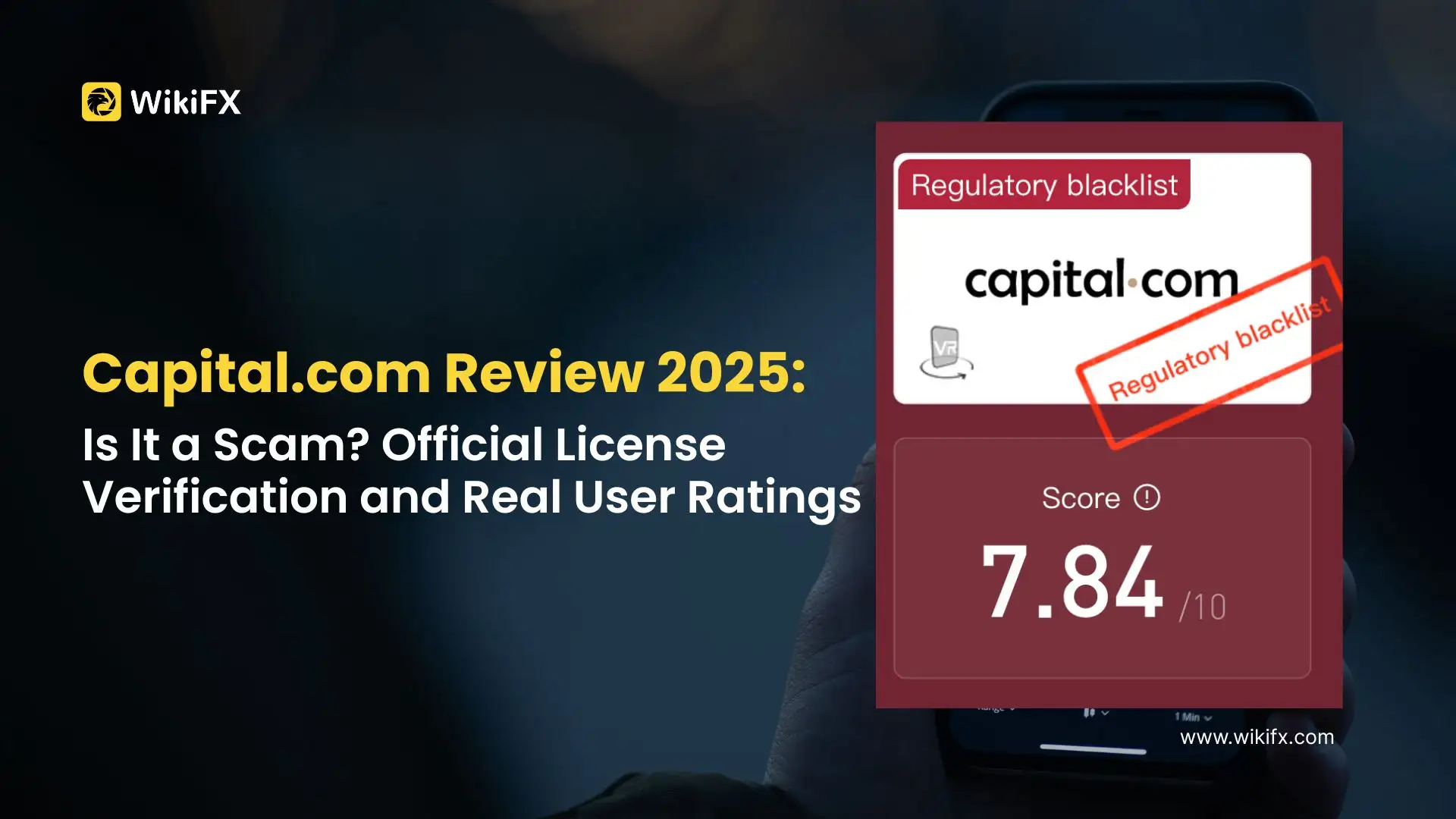简体中文
繁體中文
English
Pусский
日本語
ภาษาไทย
Tiếng Việt
Bahasa Indonesia
Español
हिन्दी
Filippiiniläinen
Français
Deutsch
Português
Türkçe
한국어
العربية
How to Trade Forex During the Asian Trading Hours? The Best Pairs and Strategy
Abstract:Traders looking for increased volatility during the Asian trading hours should be looking for the best pairs and strategies to maximize their profit. In this article, we will learn the most basic things a trader should know before start trading the Asian forex markets.

While the Forex market is considered to be a 24-hour market during the working week, the trading sessions continue to be broken down into the Asian, European and North American sessions.
More specifically, the respective financial centers tend to be tagged, making the Asian session the Sydney and Tokyo sessions, with the European and North American sessions, also referred to as the London and New York sessions.
The main part of the Asian session traditionally begins at 2200 GMT, with the Sydney session, followed by Tokyo that starts at 0000 GMT, the markets opening on Sunday night and closing on Friday evening with the New York session ending at 2200 GMT.
For the Asian markets, the Sydney session ends at 0700 GMT, with the Tokyo session ending at 0900 GMT.
Its worth noting that there is an overlap between the respective sessions, with the last hour of the Tokyo session overlapping with the first hour of the London session.
So, the Asian session starts on Sunday night at 2200 GMT and ends at 0900 GMT on Friday, with the Forex markets closed from Friday to Sunday evening.
Other than the weekends, there are just a number of public on which all of the forex markets are closed, these being 25th December and 1st January.
On a session basis, national public holidays will also result in national markets being closed, which impacts on trading volumes for the national currency and price action, with no economic data released on public holidays.
Trading Forex during the Asian Trading Hours
When looking at trading through the Asian session, the currency pairings are categorized into the majors, cross-currency pairings (also referred to as the crosses) and the exotics.
The major FX pairings for the Asian session are the U.S Dollar ($) – Japanese Yen (¥) or USD/JPY, Aussie Dollar (A$) – U.S Dollar ($) or AUD/USD and the Kiwi Dollar (N$) – U.S Dollar ($) or NZD/USD.
The Global FOREX markets major currency pairings, which also include the EURO – U.S Dollar, UK Pound – U.S Dollar, U.S Dollar-Swiss France, and the U.S Dollar – Canadian Dollar, account for over 70% of market turnover and are considered to be the most liquid as well as the most popular pairings to trade.
While the EUR – U.S Dollar may be the most traded currency globally, the U.S Dollar – Japanese Yen is the most traded currency through the Asian session and accounts for close to 20% of FX trades on a daily basis.
In recent years, there has also been an increased influence from China, with the markets paying closer attention to Chinas central bank, the PBoC, and the daily fixing rate for the Chinese Yuan. How the PBoC fixes the Chinese Yuan is a guide on how the central bank views the Chinese economic outlook. Any devaluations and there would be concerns that the economy is about to weaken, such a view a negative for the Asian emerging currencies.
The Cross-currency pairings include the major currencies, but with the pairings exclusive of the U.S Dollar. For the Asian crosses, these would be AUD/CAD, AUD/CHF, AUD/JPY, AUD/NZD, GBP/JPY and NZD/JPY, with the Japanese Yen crosses being the more favored during the Asian session.
When it comes to the exotics, the currencies belong to economies that have a limited to no impact on the global economy and will have significantly lower trading volumes and therefore much tighter liquidity. Exotics would, as a result, be far more volatile and would be considered to be of much greater risk, which is reflected in their wider bid-offer spreads.
Asian exotics include, but are not limited to the Thai Baht, Singapore Dollar, Philippine Peso, Malaysian Ringgit, Indian Rupee and Hong Kong Dollar.
To have access to the full suite of Asian currencies, it is important to select the right platform to trade on, with there being little point in using a London or U.S based platform, when considering the need for liquidity, support and the availability of fundamental and technical analysis on the Asian pairings during the session.
Alpari is considered to be one of the top brokers to trade during the Asian FX market. The broker delivers a fast execution environment, supported by strong liquidity, low transaction fees, together with all the necessary analytical tools for a trader to make trading decisions and execute on a daily basis.
Best Strategies to Trade Forex during Asian Hours
The key for anyone looking to trade Forex is a strategy. Based on upon a trader is looking to trade for longer-term positions or based on fundamentals or whether a trader is looking for volatility, such as day traders, the periods during the day to trade become more relevant. Some day traders, who complete multiple trades on a daily basis, would make a little gain in a low volatility environment. However, there are many day traders that are more profitable and know how to take advantage of a low volatility market.
It is generally advised for long-term or fundamental traders to avoid the more volatile periods of a session, which are the trading session overlaps, which in the case of the Asian session would be the New York close, Asian open and the Asian close, European open.
While there may be opportunities to trade fundamentals or for the longer-term during the overlaps, should price action be favorable, the volatility could lead to a trade execution at a less desirable strike price.
In addition to the session overlaps between the U.S, Asia, and Europe, the economic calendar will also have a material influence on price action, which again plays into the hands of short-term traders looking for volatility, whilst creating uncertainty for the longer-term or fundamental trader.
Understanding the economic calendar and the level of influence of the data that is released on a monthly, quarterly or on a semi-annual basis is certainly an important consideration for short-term and long-term traders. For short-term traders, being able to predict whether the data release will be positive, neutral or negative for a particular currency presents plenty of trading opportunities, with much of the price action taking place in the hour prior to the release, upon release and in the ten to fifteen minutes following the release. It goes without saying that the greater the deviation of the data released from forecasts, the greater the volatility upon release and the minutes after release.
When it comes to the longer-term trader, having a good knowledge of the key economies, how they are performing and the respective central banks outlooks on monetary policy and which economic data release can alter the outlook is important.
For the Asian markets, economic data out of Australia, China, Japan and New Zealand tend to have the greatest impact, with China‘s economic data releases not only influencing the Asian markets, but also beyond Asia, though the Aussie Dollar and Kiwi Dollar will be most susceptible to China’s data, particularly when it comes to trade and manufacturing sector data.
With a plethora of stats scheduled for release each day, it is important for traders to focus on the more influential stats and these would be:
Consumer price index.
Trade Balance, Imports, and Exports.
Consumer Confidence.
Business Confidence
Private Sector PMIs
Unemployment Rates
Wage Growth.
Consumer Spending / Retail Sales.
GDP figures.
Central Bank Monetary Policy Decisions.
The release of Central Bank Policy Meeting Minutes.
Central Bank Member Speeches.
So, to sum it up, traders looking for increased volatility during the Asian trading hours should be looking to trade economic data releases, during central bank member speeches and in the overlaps between sessions. It is recommended to find a local broker that operates during the Asian trading hours as decreasing trading errors and having helpful support team from your broker can significantly increase your trading confidence. Alpari operates since 1999 and considered to be a reliable broker with a wide selection of instruments.
For a trader looking to take on more risk, the crosses and even the exotics are there, though, with the exotics, its not just the data and sentiment towards the economies that influence, but also a geopolitical risk.
For the longer-term or fundamental trader, avoiding periods of volatility stemming from session overlaps and economic data releases would be advised and, when considering the risks and volatility associated with the exotics, avoiding them would also be a wise decision.

Disclaimer:
The views in this article only represent the author's personal views, and do not constitute investment advice on this platform. This platform does not guarantee the accuracy, completeness and timeliness of the information in the article, and will not be liable for any loss caused by the use of or reliance on the information in the article.
Read more

WikiEXPO Dubai 2025 “Welcome Party” Kicks Off Tonight!
In anticipation of the upcoming WikiEXPO Dubai 2025, the WikiEXPO Organizing Committee has specially arranged a high-end social gathering—the “Welcome Party”. The event will be grandly held on the evening of Monday, Nov 10, on the 6th Floor, Conrad Dubai, UAE.

Capital.com Review 2025: Is It a Scam? Official License Verification and Real User Ratings
Is Capital.com truly safe in 2025? Explore its global licenses, on-site verifications, user complaints, pros & cons, and key risks in one objective review.

Charles Schwab Review: Traders Claim Illegitimate Profit Cancellation, Trade Manipulation & More
Have you been lured into the Charles Schwab app for trading on the back of outrageous profit claims by the broker? Did you fail to receive any of these? Does the broker deny withdrawals every time you request and cancel your forex trading account? Have you been victimized financially by its trade manipulation? Act before you are left with a NIL balance in your account. Many traders have questioned Charles Schwab customer service and many other operational executives for the aforementioned illegitimate trading activities. In this Charles Schwab review article, we have shared some of their comments. Read on!

AMP Futures Exposed: Traders Raise Alarms Over Illegitimate Account Blocks & Bad Customer Service
Has AMP Futures blocked your forex trading account? Does it fail to provide any explanation for this act? Do you face issues concerning deposits to your AMP Futures account? Is the customer service non-existent for any trading query you raise with it? You are not alone! Many traders have been facing these issues upon AMP Futures login. Some of them have commented on AMP Futures review platforms. In this article, we have shared some reviews that you can look at. Read on!
WikiFX Broker
Latest News
BASF CEO: EU CO₂ Trading Is A "Destruction Mechanism" For European Industry
WikiEXPO Dubai 2025 “Welcome Party” Kicks Off Tonight!
Capital.com Review 2025: Is It a Scam? Official License Verification and Real User Ratings
From Zero Spread to Zero Balance: How Unlicensed Platforms Drain Investors Step by Step
Currency Calculator



